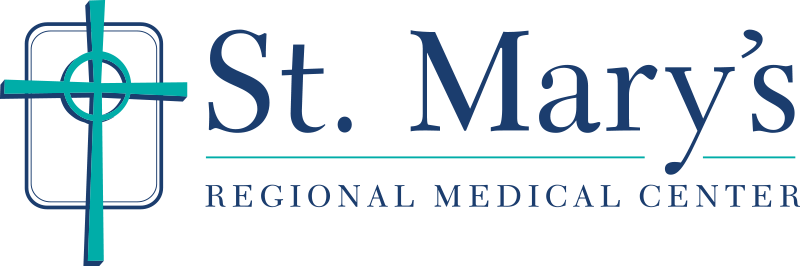Breastfeeding Your Baby
Whether to breast feed or bottle feed your new baby, or whether to do a combination of both, is a decision that is up to you in consultation with your doctor. Breast milk usually “comes in” between the third and fifth day after delivery so your baby may initially need to be bottle fed. If and when you do begin breastfeeding, consider the following:
- Be flexible with your feeding schedule. Your newborn baby will be hungry about every two-and-a-half to three hours but sometimes may go three hours between feedings.
- The newborn should not go longer than three-to-four hours from the beginning of a feeding until the beginning of the next feeding, until a weight gain pattern is established – usually in about two weeks.
- Allow your baby to eat as much as he or she wants. Newborn babies usually eat between one and three ounces at each feeding. Feeding generally lasts between 15 and 30 minutes.
- You may want to write down how many ounces your baby drinks each day to bring with you on your first visit to the doctor.
- Burp your baby after every ½ ounce of fluid.
How to Know Your Baby Has Gotten Milk
You will know that your baby is getting enough milk when he or she is sucking in a steady pattern with no pauses. Listen for swallowing; this means your baby has received milk. These are signs your baby wants to be fed:
- Baby sucks his or her fists
- Baby's arms are tight at elbows
- Baby's fists are clenched
- Baby is active or fussy
These are signs your baby has gotten enough milk for the time being:
- No sucking motions
- Arms relaxed at elbows
- Fists are unclenched
- Baby seems relaxed and content.
If you need help with breastfeeding, contact the BirthPlace at 580-249-3437 and ask to make an appointment with one of our certified lactation educators

